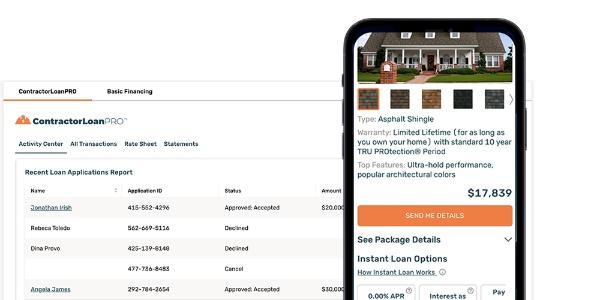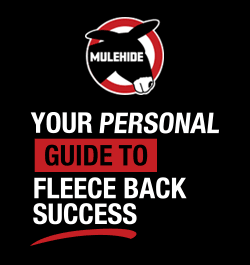Create a Roofing Business Card That Works

By JobNimbus.
The extra help from a quality business card can help you close tough deals.
Instead of getting discouraged by the current state of the world, look for opportunities to invigorate your business. Small revisions, like re-vamping your business cards, can make genuine differences in the way your company continues to conduct itself, even in the face of unprecedented change.
Even in the most uncertain of times, you never know when opportunities are going to come knocking. And when they do, business cards go a long way towards helping you close those deals. To help you prepare for these opportunities, here are a few best practices you should know for creating the best roofing business cards:
Prompt call-to-action
As a roofing business owner, your personal and business lives are intertwined, especially during quarantine when you’re working from home. Because of this, you never know when you’ll find a business opportunity, whether that’s at the grocery store or even at an online convention for your industry. Whatever the case, every scenario can be seen as a marketing opportunity.
Your business card is the closing deal to your marketing pitch that doubles as a call-to-action. It’s a nice, casual way of telling people to give you a call for a free quote and seal the deal by the end of your conversation.
With that said, rather than handing someone your business card and making physical contact, you can easily create a digital business card and send it over text. It’s a visually appealing and memorable way of giving someone your contact information and persuading a response. Plus, they can save the image to their photos so it won’t get lost like an email or physical copy would.
What to include
There are hundreds of business card templates available to use online, but even if you decide to use a template or make one on your own, be sure to keep it simple and include these things:
-
Your name and title
-
Your business name
-
Business logo
-
What service you offer (roofing, plumbing, painting, etc.) if not obvious in the business name
-
Address
-
Phone number (mobile/office)
-
Email address
-
Website
You can split this information onto the front or back of your business card or just fit it all onto one side. Just be sure to make it look clean and not crowded with information. The easier it is to scan, the more likely people will follow through. Here’s an example from a Canva template.
Generic business cards
If you have a large team that you’re distributing business cards to, or short-term/seasonal workers, you can still give them business cards to hand out to promote your business. Just remove their name and title from the business card design and replace it with the business name, what service you offer, or a slogan.
This option helps make getting referrals easier after they’ve had an interaction with a happy or interested customer.
Design elements
Like we mentioned before, you want to keep your business card simple. It’s better to be professional than over-styled. However, a few tips to add are to:
-
Use your company color palette. This can be based on your logo or website/marketing pieces. Don’t use too many colors. Stick to two or three for your business card design.
-
Use company fonts. One serif and one sans-serif font work well together. Do not use more than two fonts.
-
Use white space. Don’t overload your card with too much information and text.
-
Use basic design principles like contrast, repetition, alignment and proximity. Remember the rule of thirds and balance when planning your layout.
-
Use the proper dimensions (3.5″ x 2″) for your business card.
If you’re going to print your business cards, choose quality paper and think about printing. Make sure all images are high-resolution and check your color mode (CMYK/RGB) so that your colors print the way you want them to.
Use these best practices to create your own roofing business card, and you’ll be prepared and confident to take any business opportunity from anywhere.
Learn More About JobNimbus Roofing Software
Read, Listen or Watch on demand to learn more about starting to use software automation and how you can leverage technology to improve your business.
Original article source: JobNimbus
Recommended For You

Defining Leadership and Applying the Principles to Marketing
Read More ...
Financing options for accurate roofing quotes at record speeds
Read More ...
Why Voice Search is Making Waves in Contractor Marketing
Read More ...


















Comments
Leave a Reply
Have an account? Login to leave a comment!
Sign In